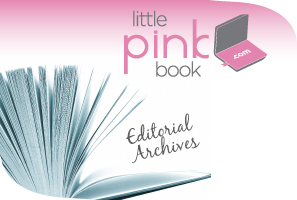
Plan Now, Enjoy Later
Changing jobs lends itself to upheaval.
But don’t let settling into your new position overshadow planning for the future.
First, there are options for your old 401(k), says Janel Leymeister, a benefit consultant at Conrad Siegel Actuaries. You can roll the funds into your current employer’s 401(k), start an IRA and move the funds into that. Or you can leave dollars where they are.
For consolidation, read the fine print on your new employer’s 401(k) plan.
Also, research the new plan’s investments. The return rate and annual fees may not be competitive with other alternatives.
All your accounts would be in one place, but consider the plan’s specifics. There could be penalties on your roll-over funds, or high yearly fees associated with the plan, which can negate the convenience.
If you’re looking for diversification, an IRA can provide more personal control and choices. “You’ll have more flexibility with an IRA as far as investments and withdrawals are concerned,” says Leymeister.
You can invest in almost anything with an IRA (stocks, bonds, mutual funds) and IRAs allow you to withdraw any amount at any time. But keep in mind: “If you convert a traditional 401(k) to a Roth IRA account, you’ll have to pay taxes up front,” warns Leymeister.
And you can always leave the plan as-is if your previous employer’s plan is low cost and has investment options you were satisfied with.
This safety net allows you to enjoy the future. “Think about 20 or 30 years down the road and how that money could provide you with a really nice retirement,” adds Leymeister.
Check out Investopedia and MSN Money for more.
Bonus PINK Link: Learn how to plan for a beautiful retirement at any age.
What did you decide to do with your 401(k)?
Have more questions? .
By Carmen Harbour
“Money is always there but the pockets change.”
Gertrude Stein
Recommended
-
Restoring Balance To Your Bank...February 1st, 2024
-
The Best Strategic Investments...May 5th, 2021
-
Ideas To Refresh Your Professi...December 30th, 2020
-
Wishes For A Happy New YearDecember 30th, 2020
-
5 Technical Analysis Secrets F...November 16th, 2020















